Leukemia is a significant health concern among children in India, constituting approximately 30-40% of all pediatric cancers. Historically, survival rates in patients suffering from leukemia have been low. This is because of various factors like delayed diagnosis, inadequate treatment protocols, and limited resources. While there have been a few advancements in the field, challenges such as financial constraints and access to quality healthcare still affect many families in India.
In this interview with TheCSRUniverse, Monica Vohra, Managing Trustee of Leukemia Crusaders sheds light on her organisation's efforts to address the critical gap in leukemia treatment for underprivileged children in India. Inspired by their son’s battle with leukemia, the founders of Leukemia Crusaders have recognised the urgent need to support underprivileged families facing similar struggles in India. Now, Leukemia Crusaders has become a lifeline for hundreds of children across the country, thanks to their focus on providing swift financial aid that ensures timely treatment for children battling leukemia.
Read the full interview here:
Q. What inspired the establishment of Leukemia Crusaders, and how did you identify the pressing need to support underprivileged children with leukemia in India?
A. In July 2011, my husband Arvind and I were just like any other parents. Life happened a back and forth between work and home, and the constant joy and challenges brought by our two sons, Aarohan and Aaryan. Like all parents, our boys were the heart of our lives. However, life took an unexpected turn.
Our younger son, Aaryan, just 4.5 years old at the time, started complaining of pain in his legs and fell ill far too often. The diagnosis ranged from routine viral infections to typhoid, even a relapse of it. We tried to reassure ourselves, believing it was just a phase, but deep down, something felt wrong. Then came the day that changed everything—a day no parent is ever prepared for. Aaryan’s fever soared to a terrifying 106.5 degrees, and his haemoglobin dropped to a dangerously low 3.
Our world shifted. What seemed like an ordinary illness turned into a crisis that would redefine our journey as parents, as a family.A battery of tests soon confirmed every parent’s worst nightmare—Aaryan had blood cancer. More precisely, he was diagnosed with Acute Lymphoblastic Leukemia (ALL). Our first question to the doctor wasn’t about the treatment plan or next steps, but the one burning question every parent would ask: "Are we fighting a winning battle or a losing one?"
In the midst of this dark, suffocating cloud, there was, surprisingly, a silver lining. We learned that childhood leukemia, especially ALL, has a very high chance of full recovery. In Aaryan's case, the odds were in our favour, with a 75% chance of survival. Like a phoenix rising from the ashes, our hopes, though battered, began to take flight again. We knew the road ahead would be long and tough, and there would be no room for emotional breakdowns. We had to be strong—for Aaryan and for ourselves.
The next few days became a whirlwind of decisions—finding the right doctors, selecting the best hospitals, and preparing for what lay ahead. Slowly, Aaryan began responding well to the treatment, and as the months passed, the frequency of hospital visits lessened. Life, in some small way, began to resemble normalcy again. Aaryan returned to school, courageously battling severe infections that arose due to his weakened immune system. But Aaryan was strong, and our will as parents was even stronger. In those months, we realized an important truth: Leukemia is curable, especially when detected and treated early. Among the cancers children face, leukemia is most curable. In India alone, an estimated 70,000-80,000 new cases of childhood cancer are diagnosed annually, and nearly 40-50% of those are leukemia cases. However, the reality in our country is harsh—the survival rate for children in India is only about 33%, whereas in the developed world, that figure stands at a promising 80-90%.
Standing for long hours in the hospital corridors, we saw how many parents turned back just for want of funds. It was through the trauma and challenges we faced during our fight against childhood cancer that we made a life-changing pledge. We vowed to support the needy and underprivileged parents who find themselves in the same nightmare, and with that promise, Leukemia Crusaders was born.
Our mission became clear: to extend a hand to those in need and to ensure that no child’s life is lost to leukemia simply because of a lack of resources or awareness.
Q. How does Leukemia Crusaders manage to provide timely funding for underprivileged children in India? What processes do you have in place to ensure that financial aid reaches the right children in need and without delay?
A. Our commitment to supporting children with leukemia is reflected in our approach and the way we operate at Leukemia Crusaders. We provide “bridge funding”, offering immediate financial assistance to underprivileged families to ensure treatment can begin promptly, even before other funding sources are secured.
We pride ourselves on fast, transparent processes, ensuring that funds are transferred within 24-48 hours of application approval. We have an automated software through which once the fund is transferred to the hospital bank account it is communicated automatically to the hospital’s team.We collaborate with doctors and hospitals across India by signing an MOU to guarantee that children fighting leukemia have access to the best treatment options. Once the MOU is signed, we assign a budgetat the beginning of the financial year to the hospital.
The doctors refer any needy case to us which undergoes scrutiny by our team and see whether it meets the right requirements. Once the case is approved by us, we transfer the fund to the hospital for the patient. We do not transfer the funds directly to the patient's family. The hospitals partner with other support groups to create a comprehensive ecosystem for families facing this battle. Our ultimate goal is to improve survival rates by enabling early treatment initiation, reducing the number of children abandoned during treatment, and continuously tracking their progress to prevent treatment discontinuation. Through these efforts, we strive to save more lives and give every child the chance they deserve to overcome leukemia.
Q. How do you monitor the treatment progress of children supported by Leukemia Crusaders, and what steps do you take if challenges arise during treatment?
A. We are in close contact with the doctor and the team of the hospital. The status of each child we support is updated on a monthly basis and maintained in our customised software. We also analyse the data hospitalwise so that if there are any aberrations we can discuss them with the doctors.
In case any challenges arise in the treatment of a child, we handle them on a case-to-case basis.
Q. Treatment abandonment can be a significant issue, especially in a country like India. How does Leukemia Crusaders ensure continuous support and follow-up of its beneficiaries to prevent children from discontinuing treatment?
A. The initial stage of leukemia treatment is the most vulnerable time for any family, both emotionally and financially. It’s during this critical period that many families, overwhelmed by the challenges, may feel compelled to abandon treatment. To prevent this heart-breaking scenario, we at Leukemia Crusaders act swiftly, ensuring that no child’s treatment is halted due to a lack of funds. By transferring the necessary financial support directly to the hospital immediately, we remove the financial burden and give families the reassurance they need to continue the fight.
But our support doesn't end there. After providing the initial assistance, we work closely with hospitals to establish a sustainable ecosystem of funding. This ensures that, moving forward, the child continues to receive financial backing from multiple sources, offering a safety net that protects the family from any future financial crises and keeps the child’s treatment on track. Through this proactive and comprehensive approach, we strive to minimise abandonment and give every child the best possible chance at recovery.
Q. What methods do you use to identify and reach out to children in need of urgent funding, especially in remote or underserved areas of India?
A. Our model focuses on signing an MOU with the hospitals. The cases which come to us are routed or referred by these hospitals. Currently, we are working with 40+ hospitals in 17 states of the country.
Q. Can you share some notable success stories where Leukemia Crusaders made a life-changing impact? Do highlight how your intervention helped children complete their treatment.
A. There are two success stories that I’d like to share.
The first one is of a patient named Kushagra Vashistha who was treated at Sir Gangaram Hospital, Delhi for Leukemia – ALL: Kushagra comes from a humble middle-class family where his father, the sole breadwinner, earns a modest income of Rs. 20,000 a month through private tuition.
He was diagnosed with Blood Cancer, specifically B-cell Acute Lymphoblastic Leukemia (ALL). As the treatment progressed, Kushagra developed a severe fungal infection in his chest, which required intensive treatment for nearly eight months. His condition deteriorated further, leading to a critical episode that landed him in the ICU. He suffered from severe neuropathy, rendering him unable to walk. During this challenging time, the family was in a deep financial crisis. Although they applied for assistance from the PM Fund with the help of the hospital’s social worker, the funds were delayed, and they urgently needed financial support to cover Kushagra's mounting medical bills. In their moment of greatest need, his doctor, Dr. Kalra and a social worker connected the family with Leukemia Crusaders. This support eased some of the financial burden, allowing them to continue Kushagra's treatment without further delay. Slowly but surely, Kushagra began to show signs of improvement. Today, Kushagra is thriving, attending school just like any other child his age.
The second success story is of an 18-year-old patient named Vijayalakshmi G S who was treated at Sri Shankara Cancer Hospital and Research Centre, Bangalore: In 2022, when Vijayalakshmi developed fever and back pain everyone thought a simple antibiotic was all she needed. It helped for a while, but soon her symptoms were back. And this time, Vijayalakshmi was pale and very weak.
At 16 years of age, Vijayalakshmi was diagnosed with Acute Lymphoblastic Leukemia. Doctor counselled her parents about her disease, treatment and funds required for the treatment. Her father was a coolie and mother was a homemaker. They were at the verge of turning back denying the treatment as they could not afford even funds for her initial investigations leave alone the treatment, Leukemia crusaders came forward to fund her for the diagnostic tests and later the hospital could arrange funds and start her chemotherapy. She has successfully completed 6 months of intensive phase of chemotherapy and is currently on maintenance. She has resumed her college and has a goal to be a Police Officer.
Q. Could you explain how your partnerships with hospitals and medical professionals work? Also, considering India’s diverse demographics, what plans do you have to expand Leukemia Crusaders' reach to more children in need?
A. Firstly, before we get any hospital on board we conduct a hospital feasibility study which helps us to understand various factors eg: type of hospital, pediatric oncology team, protocol used, ecosystem of funds available in the hospital, rates of the hospital etc. On the basis of this study, we decide whether to partner with the hospital.
Once the MOU is signed with the hospital we assign a budget on FY annual basis and the status of the patient is updated in our system regularly. Currently, we are helping around 600 -650 new cases Leukemia per year. In the next 3 years, we plan to double the number of children supported by signing up with more hospitals (at least one in every state of India) and also increasing the budget per hospital so that more children can be supported. By 2028, we also plan to support other childhood cancers besides Leukemia.



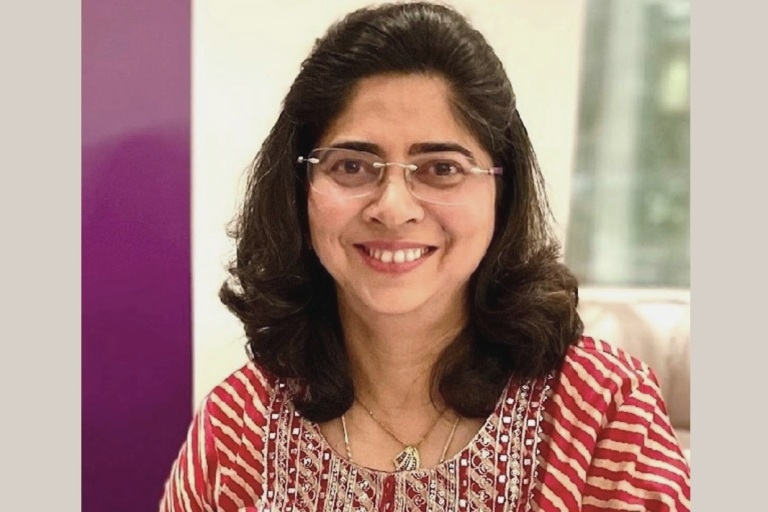
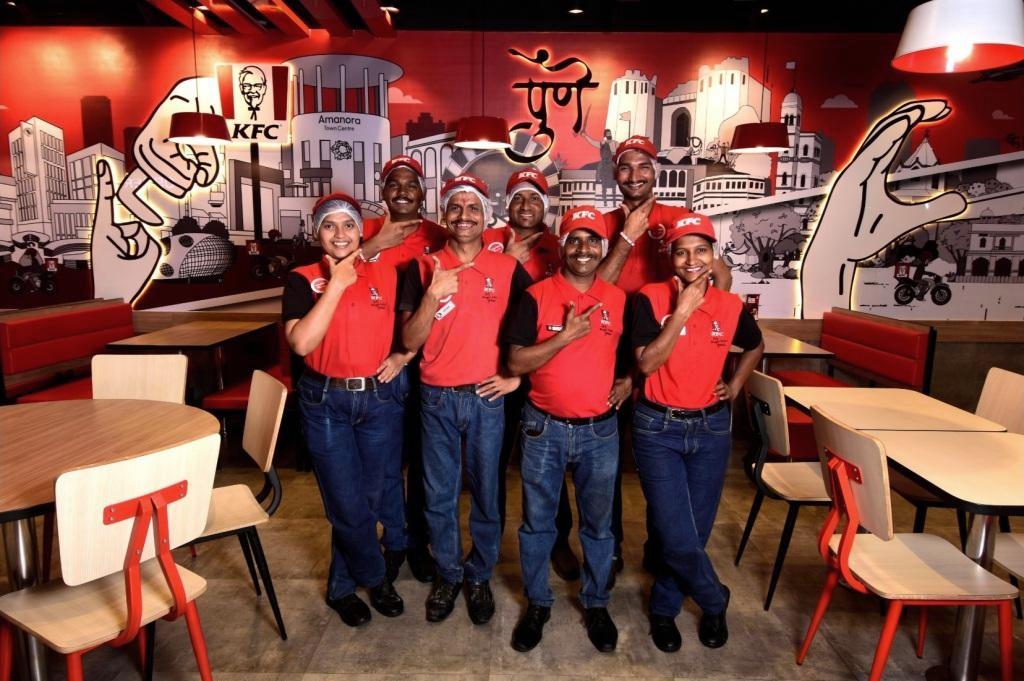
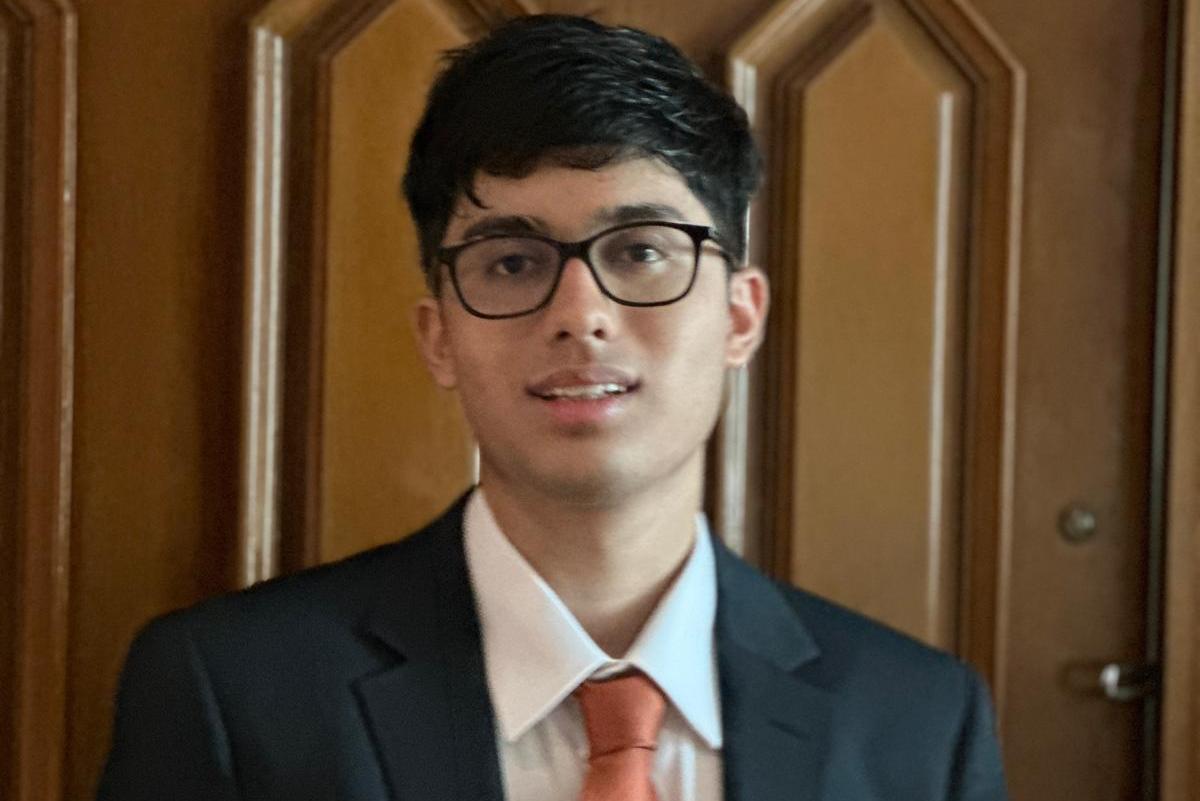
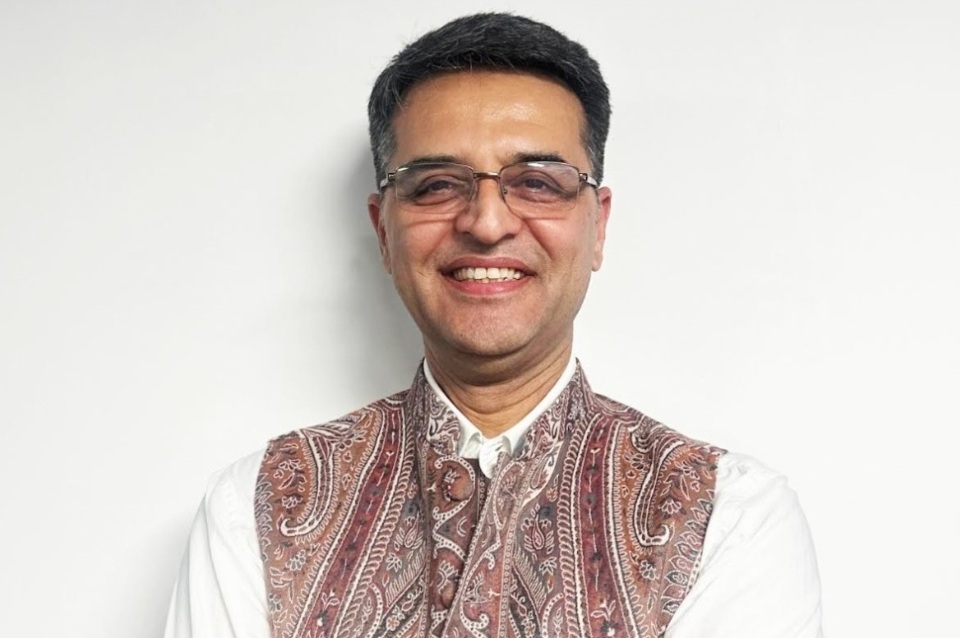
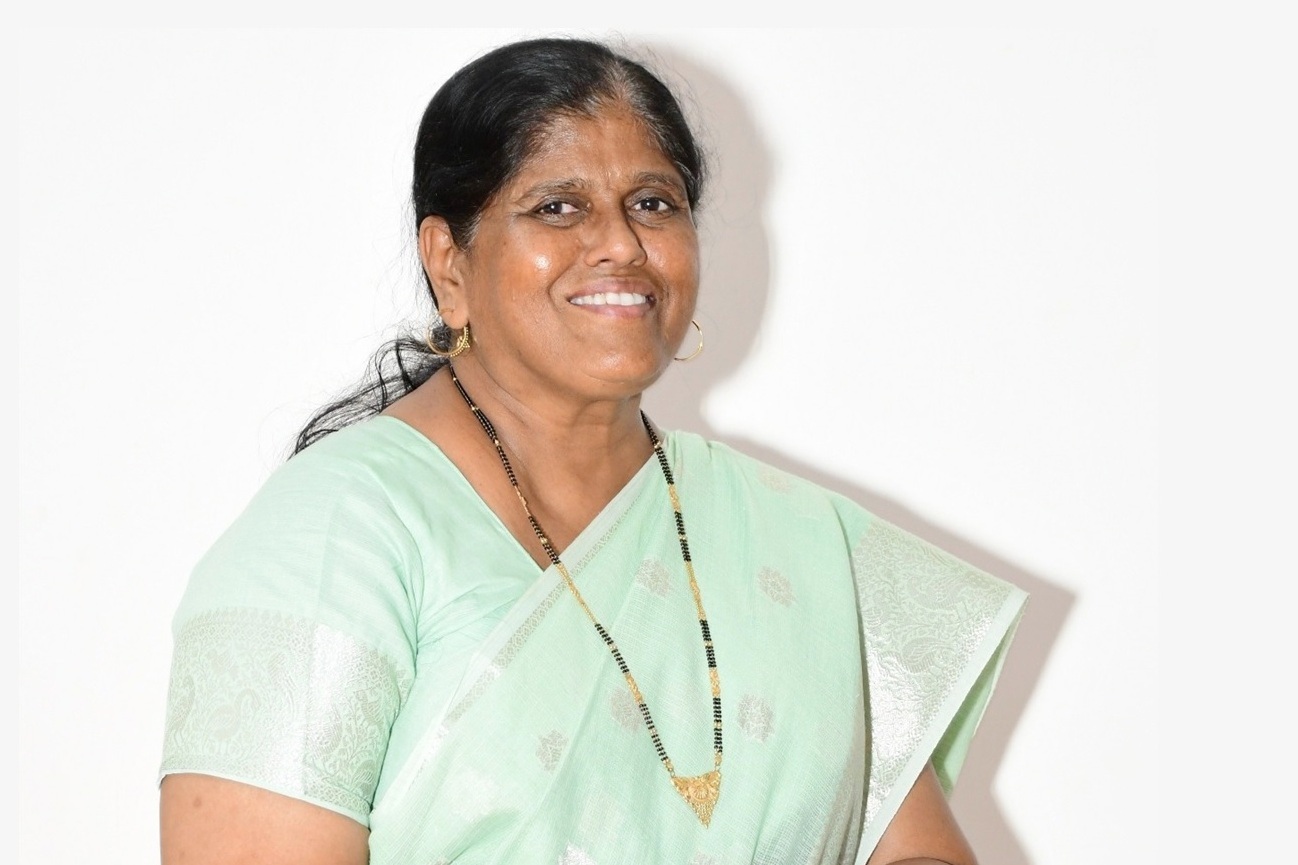
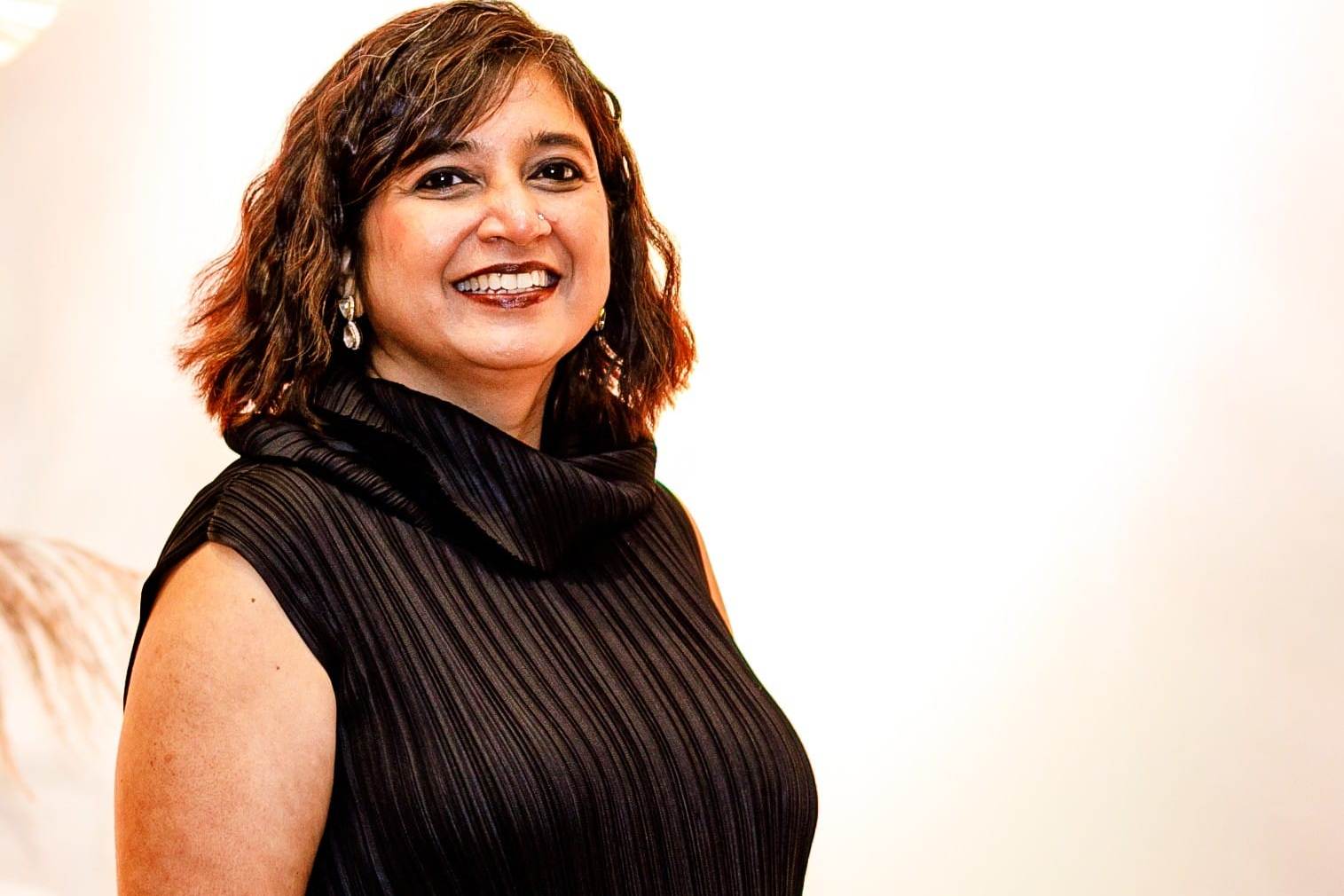

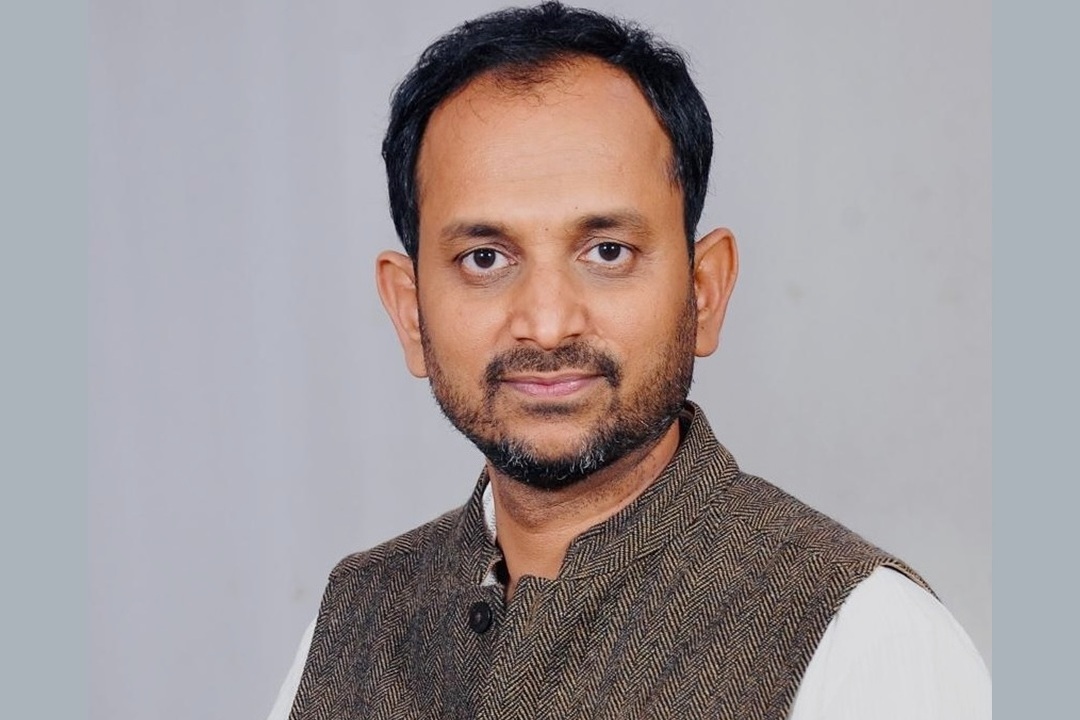
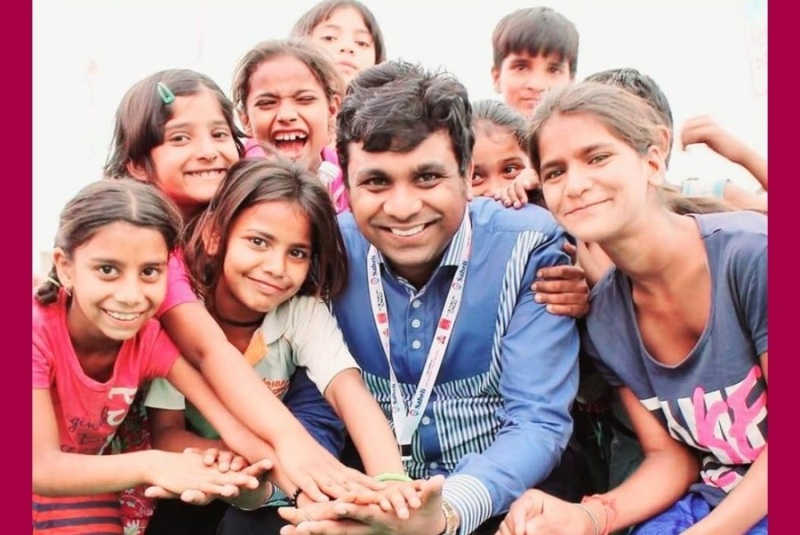
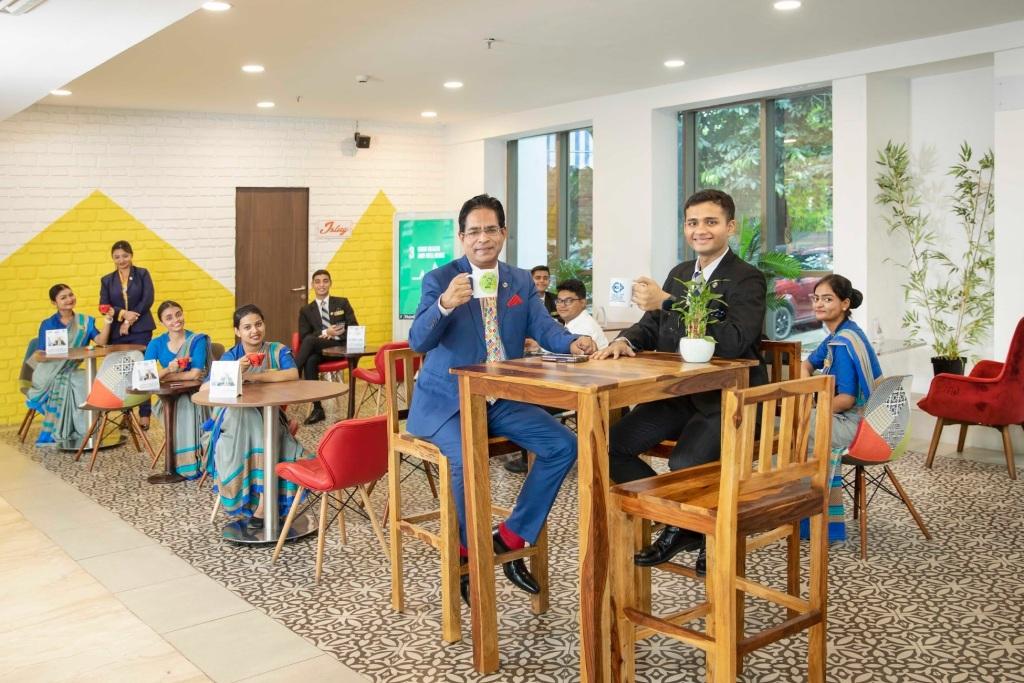
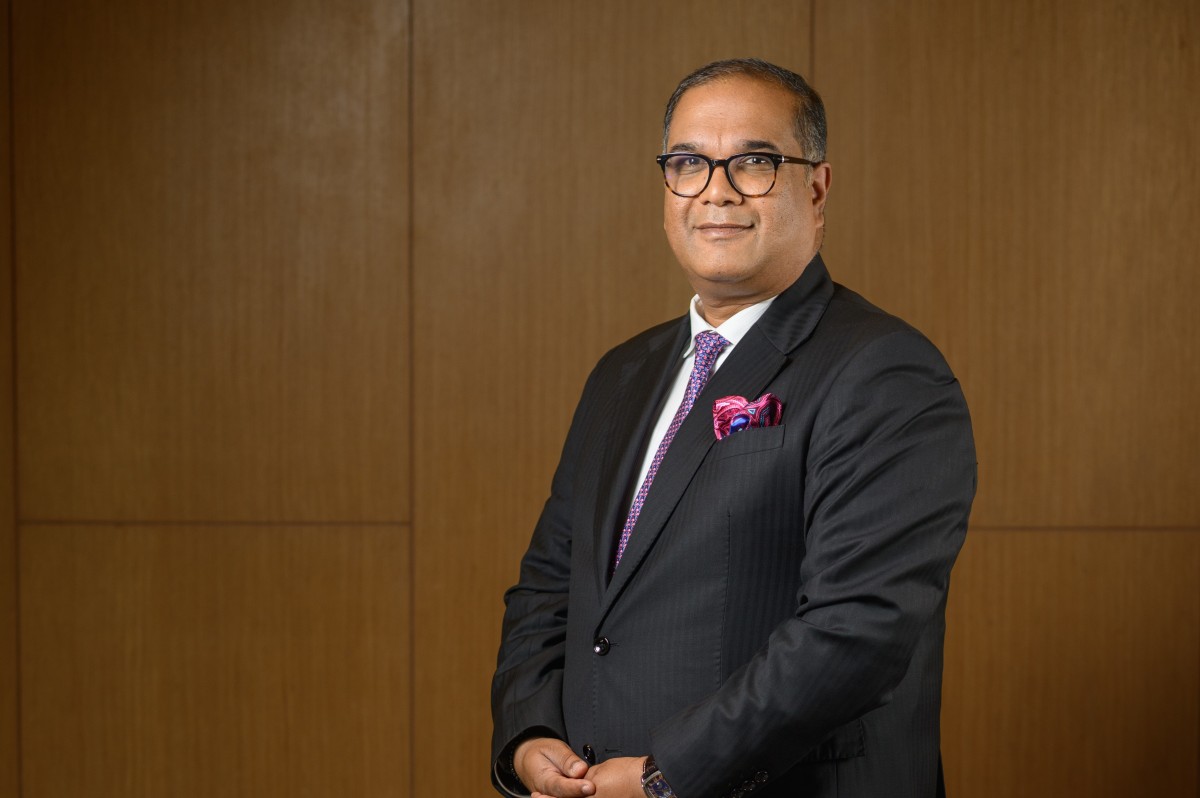

.jpg)




